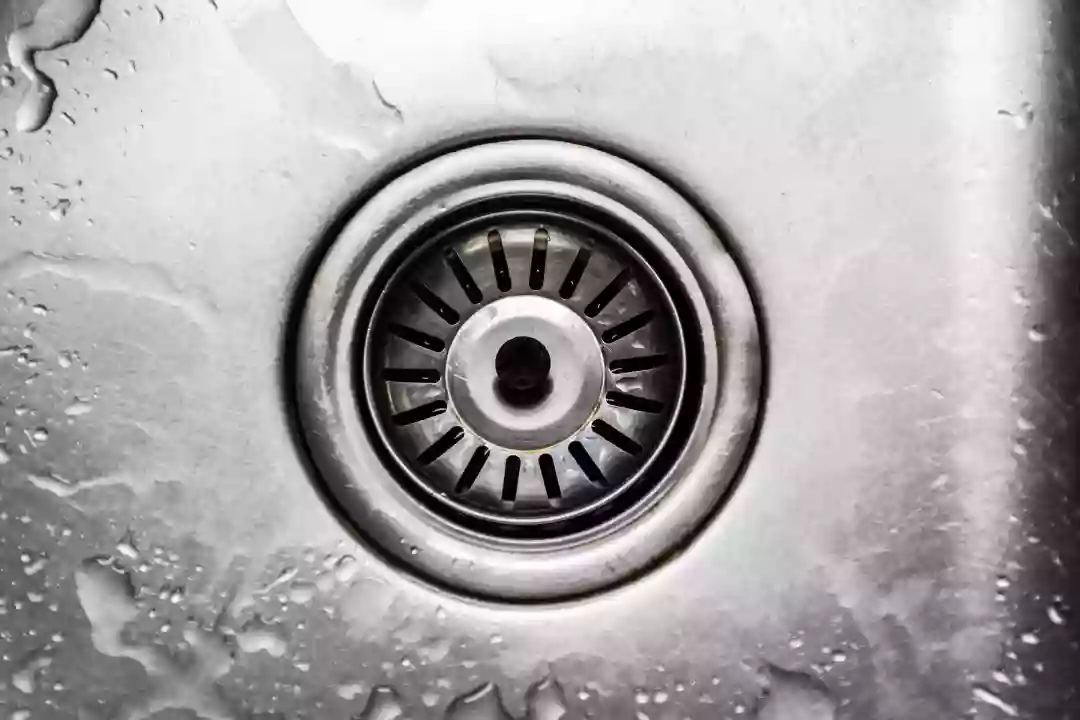Can A Clogged Drain Cause Damp?
Most homeowners have encountered some level of dampness in their houses. A clogged drain might not be the first thing that springs to mind when determining the cause, but it very well could be the problem. If a drain outside your property is blocked, water can back up and soak the flooring and walls of your house. The moisture will seek out any cracks and openings in your walls, which will ultimately result in damp forming. Delicate brickwork or mortar on a home is particularly impacted if the drainage issue is more severe. Additionally, clogged drains may not drain correctly and can result in water damage if they are in a washbasin or other drain. It is advisable to frequently inspect your drains to make sure they are clear for this reason. When it comes to clogged drains, it's always best to be on the lookout for dampness.
How Can Damp Affect You?
If left unchecked, dampness, a prevalent problem in houses, can result in significant harm. Mould development may result, which may lead to respiratory issues. Additionally, it may result in wood rot, which weakens the structure of your house and increases the risk of a collapse. Furthermore, moisture serves as a haven for insects and rodents, therefore it must be eliminated as quickly as possible. Start fixing dampness now, and your house will be secure. Don't wait until it's too late. Your health can be negatively impacted by dampness in a number of ways, including respiratory infections, allergies, and asthma. It's critical to get the humidity in your house fixed as soon as you believe it's there. Failure to do so may result in more significant issues later on, such as mould growth and moisture damage to building components. Untreated dampness can result in a build-up of mould spores in the air, which can make you sick and cause coughing, sneezing, and other respiratory problems. It's important to pay attention to dampness since it may seriously harm your property and possibly have negative effects on your health. Moisture in the air causes dampness, which, if untreated, can encourage the formation of mould. Asthma and allergies can be triggered by mould development. It's critical to pinpoint the source of wetness and take immediate, expert action to resolve it.

Need assistance finding drainage clearance near you?
Get a QuoteHow Does Mould Grow?
Mould may develop everywhere there is moisture in a house, although it is most frequently seen growing in wet places like bathrooms and kitchens. Health problems, such as breathing difficulties, coughing or wheezing, nasal congestion, and eye or skin irritation, can result from exposure to damp and mouldy conditions. People who have asthma, allergies, or other respiratory diseases may be much more vulnerable to mould. To stop mould from spreading and creating more health issues, it pays to take action as soon as you notice it. Mould can be found both indoors and outside. Mould may enter your home through open doors, windows, vents, and heating and cooling systems. Mould from the outside can stick to clothing, shoes, and animals and be carried inside. When mould spores fall on damp surfaces - such as those where pipes, walls, plant pots, roofs, or flooding may have caused leaks - they may begin to develop. Mould is more likely to grow on wet cellulose materials like cardboard, ceiling tiles, paper and wood. Mould development frequently affects other materials such as dust, paints, wallpaper, insulation, plasterboard, carpet, fabric, and upholstery.
Mould And Asthma
People who have asthma may be more susceptible to mould's effects. Mould spore inhalation can cause an asthma attack, which is extremely harmful to people who already have respiratory issues. In otherwise healthy people, prolonged exposure to mould can increase the chance of getting asthma. To avoid any potentially fatal problems, it's crucial to make sure that your entire house is dry and mould-free. A kind of lung inflammation known as hypersensitivity pneumonitis (HP) develops when a person's immune system becomes hypersensitive to inhaled organic particles. Sensitization of the immune system resembles an allergy. Even though it may seem like pneumonia, medications for infection cannot cure it. If you have mould or dampness in your house, it's essential to identify the source of any additional moisture. You can make repairs to your home or take steps to lessen the amount of moisture in the air. If there is just a little bit of mould, you might be able to remove it without the help of a professional.
Aspergillosis
A specific mould (fungus) causes an infection known as aspergillosis. Infections caused by aspergillosis frequently affect the respiratory system, but signs and severity can differ greatly. The mould that causes the disease, Aspergillus, is found both indoors and outside. The majority of these mould strains are not hazardous, but a few of them can be detrimental when their fungal spores are inhaled by people who have weak immune systems, underlying lung diseases, or asthma. The most serious form of aspergillosis is known as invasive aspergillosis, which happens when the infection spreads to nearby tissues like blood vessels. Invasive aspergillosis is the most dangerous kind of condition. It occurs as a result of a rapid spread of infection from the lungs to the brain, heart, kidneys, or skin. Invasive aspergillosis only affects people whose immune systems have been damaged as a result of immune system diseases, cancer therapy, bone marrow transplantation, or other immune system-related problems. If aspergillosis is not treated, it can be fatal.
In this article:
